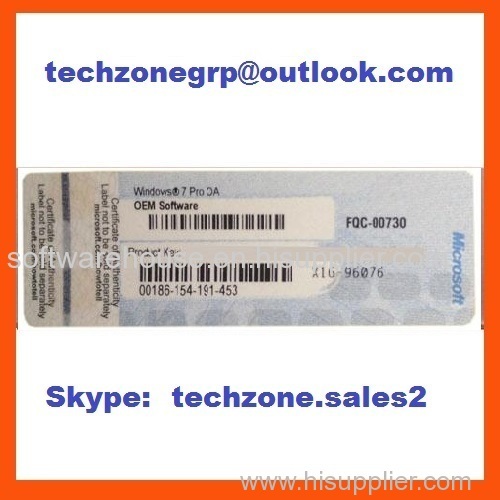
I performed the latter method on an Acer desktop I obtained a few months ago and it worked great and only took me about 20 minutes including file transfer time! You can add a key file if you like to the package if you desire too, but I just find that keeping portions of the OEM package is easier than creating my own from scratch. If you use this method, it will not activate with the original key (even though it is imbedded in the UEFI/BIOS) unless you reinstall the original OEM product. Once you have created the recovery image, you then go in and simply replace all of the Windows WIMs with the WIMs from the version you want to install (and any other changes you may wish to the original package), and just enter the key like you otherwise would in the past once Windows finishes installing (only you also get all original drivers and software, just with Windows 8/8.1 Pro/Enterprise instead of Premium/Pro). If you are looking at going the opposite way, where you want to just install a different version of Windows than the one that shipped with the device, you will be best served to just create the recovery image using the provided OEM tool that ships with the device. Also, modifying a copy of the original OEM package to remove unwanted additions to the OS shouldn't cause any issues with licensing. It's much easier to modify an existing OEM package to remove the components they have added than it is to go any other route (and cheaper, since doing so costs you nothing but time that you'll have to spend trying to build your own image as an alternative). However, you will need to work on/with and familiarize yourself with the WIM files if you haven't already, to be able to distinguish Windows components of the install package versus OEM additions to the Windows install.

virtually all OEMs follow Microsoft standard practice for creating their recovery system(s) with Windows 8, so modifying it to remove the portions of OEM-specific software/drivers and such is not particularly difficult.

Regarding getting a clean image for Win 8 installs.


 0 kommentar(er)
0 kommentar(er)
